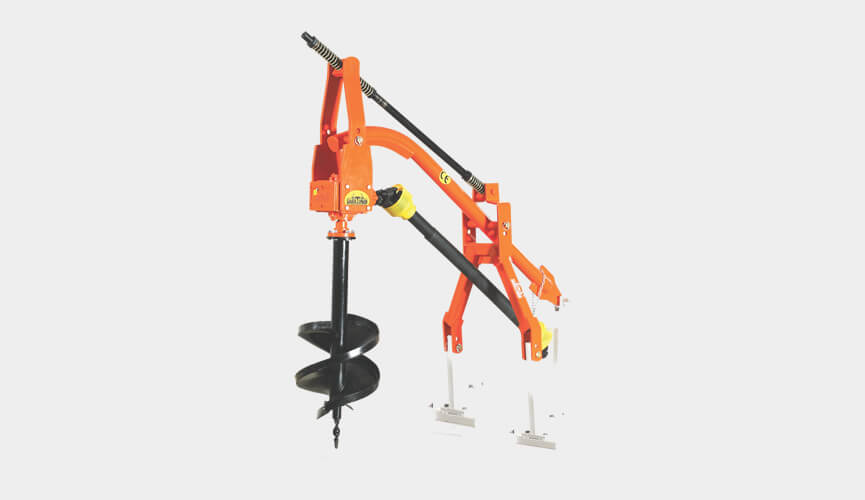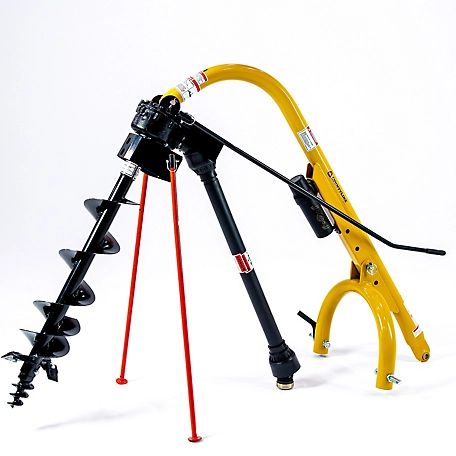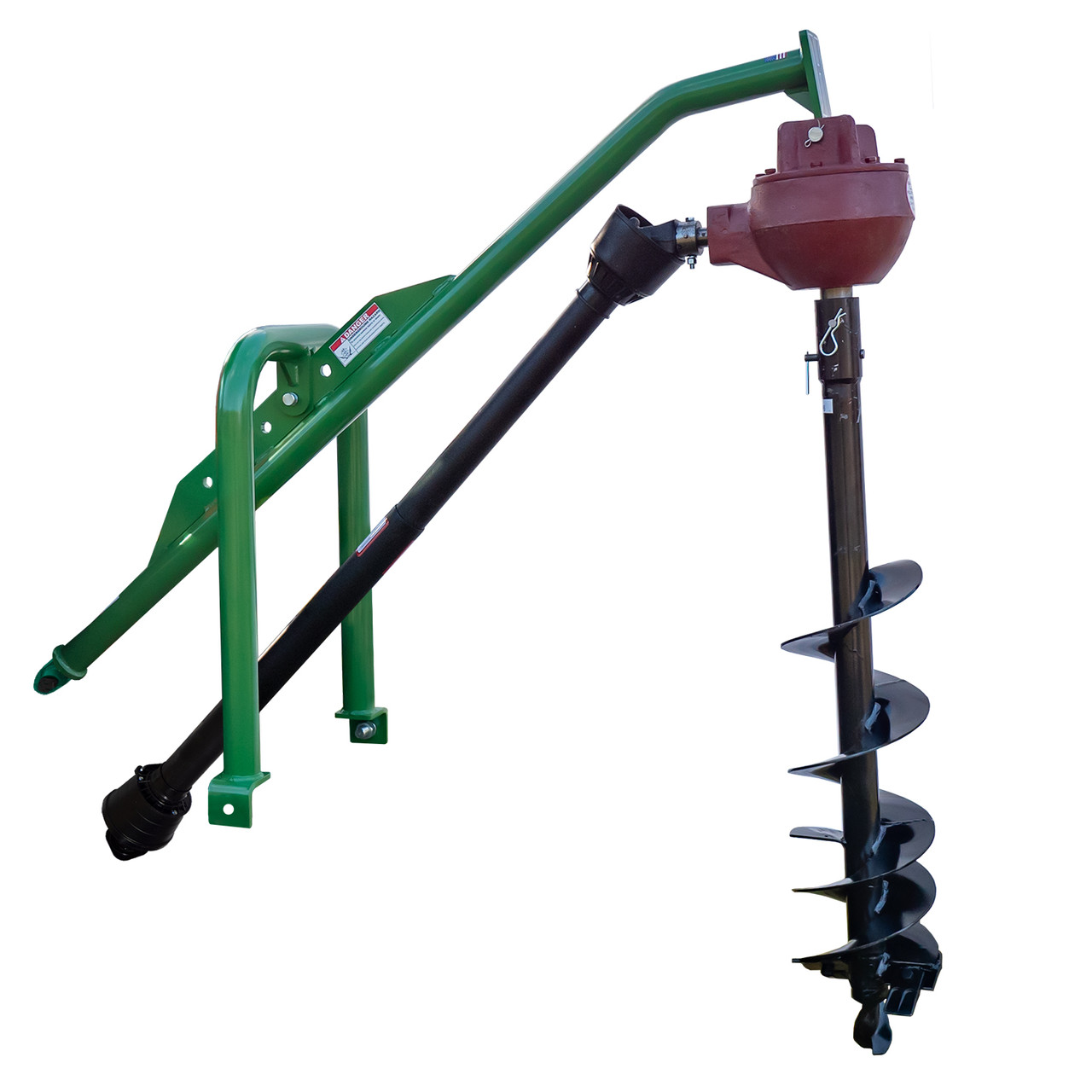Product Description
BREAKER HAMMER
A Breaker is a Powerful Percussion Hammer Fitted to an Excavator. CHINAMFG Hammers are High Performance Breakers, Designed to Help You Get the Most from Your Equipment. With Hammer Sizes to Fit Skid Steers, Backhoes, and All Sizes of Excavators, You Will Find the Breaker to Fill Your Demolition, Construction, Quarry and Production Breaking Needs.Our Hydraulic Breaker Offering is the Most Comprehensive on the Market. Whether You are Working with Demolition, Recycling, Mining, Construction or Quarrying – We Have the Rock Breaker Giving You the Highest Productivity, Achieving Low Operating Costs, Keeping Productivity High.
| Model | HB680 | HB750 | HB850 | HB1000 | HB1400 | HB1500 | HB1650 |
| Weight(kg) | 270 | 375 | 510 | 840 | 1760 | 2420 | 2990 |
| Length(mm) | 1370 | 1719 | 1835 | 1900 | 2414 | 2500 | 3015 |
| Working oil Flow(L/min) | 36-65 | 50-90 | 45-85 | 80-120 | 120-180 | 150-190 | 200-260 |
| Working Pressure (kg/cm2) | 120-170 | 120-170 | 130-150 | 150-170 | 160-185 | 180-200 | 180-200 |
| overflow Pressure (kg/cm2) | 170 | 170 | 190 | 190 | 210 | 220 | 240 |
| lmpact Rate(b.p.m) | 450-900 | 400-800 | 400-650 | 400-650 | 360-500 | 350-700| | 250-400 |
| Chicel Diameter(mm) | 68 | 75 | 85 | 100 | 140 | 150 | 165 |
| Applicable Excavator (ton) | 3.5-7.0 | 6-7 | 7-10 | 10-15 | 18-25 | 27-35 | 30-45 |
| NOTES: OEM or Customizable Manufacturing is Available | |||||||
/* January 22, 2571 19:08:37 */!function(){function s(e,r){var a,o={};try{e&&e.split(“,”).forEach(function(e,t){e&&(a=e.match(/(.*?):(.*)$/))&&1
| Available Range: | 1 ~ 45t Excavator |
|---|---|
| Color: | Customizable |
| OEM & ODM: | Available |
| Customization: |
Available
| Customized Request |
|---|
.shipping-cost-tm .tm-status-off{background: none;padding:0;color: #1470cc}
| Shipping Cost:
Estimated freight per unit. |
about shipping cost and estimated delivery time. |
|---|
| Payment Method: |
|
|---|---|
|
Initial Payment Full Payment |
| Currency: | US$ |
|---|
| Return&refunds: | You can apply for a refund up to 30 days after receipt of the products. |
|---|

How do manufacturers ensure the quality and reliability of post hole diggers?
Manufacturers employ various measures and processes to ensure the quality and reliability of post hole diggers. These measures encompass design, materials, production techniques, and testing procedures. Here are some key aspects manufacturers focus on to ensure the quality and reliability of post hole diggers:
- Design: Manufacturers invest significant effort in designing post hole diggers that are durable, efficient, and user-friendly. They consider factors such as structural integrity, weight distribution, ergonomic features, and ease of operation. Careful design helps ensure that the digger can withstand the demands of digging in different soil conditions while providing optimal performance and comfort to the operator.
- Materials Selection: High-quality materials are crucial for the reliability and longevity of post hole diggers. Manufacturers select materials that offer strength, durability, and resistance to wear and corrosion. Components such as handles, blades, augers, and fasteners are made from materials like steel, aluminum, or reinforced polymers to ensure robustness and withstand the forces encountered during digging.
- Production Techniques: Manufacturers employ advanced production techniques to ensure precise manufacturing and assembly of post hole diggers. Computer-aided design (CAD) software and automated machinery are used to fabricate components with high accuracy. Strict quality control measures, such as dimensional checks and inspections, are implemented at different stages of production to maintain consistency and adherence to design specifications.
- Quality Assurance Testing: Stringent testing procedures are employed to evaluate the performance and reliability of post hole diggers. Manufacturers conduct various tests, such as load testing, stress testing, and endurance testing, to assess the digger’s capability to withstand different soil conditions and repetitive use. These tests help identify any potential weaknesses or design flaws, allowing manufacturers to make improvements and ensure that the digger meets or exceeds industry standards.
- Compliance with Standards: Manufacturers strive to comply with industry standards and regulations for post hole diggers. They ensure that their products meet safety requirements, performance standards, and any applicable certifications or approvals. Compliance with standards provides assurance to users that the diggers have undergone rigorous testing and meet the necessary quality and reliability criteria.
- Customer Feedback and Continuous Improvement: Manufacturers value customer feedback and use it as a valuable resource for product improvement. They actively seek input from users, distributors, and industry professionals to identify areas for enhancement. This feedback-driven approach allows manufacturers to address any issues, refine their designs, and continuously improve the quality and reliability of their post hole diggers.
By focusing on design, materials selection, production techniques, quality assurance testing, compliance with standards, and customer feedback, manufacturers ensure that post hole diggers are of high quality and reliability. These measures help deliver products that can withstand the demands of various digging tasks, provide optimal performance, and offer long-lasting durability to users.

How do post hole diggers handle variations in hole diameter and depth?
Post hole diggers are designed to handle variations in both hole diameter and depth, providing flexibility and adaptability for different project requirements. Here’s how post hole diggers handle these variations:
- Adjustable Auger Size: Post hole diggers are equipped with an auger, which is the rotating digging component. Many post hole diggers feature interchangeable auger bits of different sizes. These auger bits come in various diameters, allowing users to select the appropriate size for the desired hole diameter. By swapping out the auger bits, post hole diggers can easily handle variations in hole diameter to accommodate different project needs.
- Telescoping or Extension Shafts: Some post hole diggers come with telescoping or extension shafts. These shafts can be adjusted in length to extend the reach of the digger, enabling users to dig holes at different depths. By extending or retracting the shaft, post hole diggers can handle variations in hole depth, allowing for deeper or shallower holes as required by the specific project.
- Adjustable Depth Control Mechanisms: Many post hole diggers incorporate adjustable depth control mechanisms. These mechanisms allow users to set the desired depth of the hole before starting the digging process. By utilizing depth control features such as depth collars or depth stoppers, operators can ensure consistent and accurate hole depths throughout the project, even when dealing with variations in terrain or soil conditions.
- Graduated Markings or Measurements: Some post hole diggers have graduated markings or measurements on the shaft or handle. These markings provide a visual reference for the operator to gauge the depth of the hole while digging. By referring to the measurements, users can monitor and adjust the depth as needed, ensuring precise control over variations in hole depth.
- Manual or Powered Operation: Post hole diggers are available in both manual and powered versions. Manual post hole diggers require the operator to exert physical force to dig the hole, offering fine control over the digging process. Powered post hole diggers, such as those driven by gas engines or electric motors, provide additional power and speed, making it easier to handle variations in hole diameter and depth more efficiently.
- Operator Technique: The operator’s technique also plays a role in handling variations in hole diameter and depth. Experienced operators can skillfully manipulate the post hole digger to achieve the desired dimensions. By controlling the angle, position, and movement of the digger, operators can adapt to variations in the terrain, soil conditions, and project requirements, effectively managing changes in hole diameter and depth.
By incorporating features such as adjustable auger size, telescoping or extension shafts, adjustable depth control mechanisms, graduated markings or measurements, and offering both manual and powered options, post hole diggers provide the means to handle variations in hole diameter and depth. Additionally, the operator’s technique and skill contribute to achieving precise and consistent results, ensuring that the post hole digger can effectively adapt to the specific requirements of different projects.

How do motorized post hole diggers compare to manual ones in terms of efficiency?
Motorized post hole diggers, such as gas-powered or electric-powered augers, offer several advantages over manual post hole diggers in terms of efficiency. Here are some key points of comparison:
- Digging Speed: Motorized post hole diggers are generally much faster than manual ones. The power source, whether it be a gas engine or an electric motor, provides rotational force to the auger blades, allowing them to penetrate the ground quickly. This increased speed can significantly reduce the time and effort required to dig a hole, especially in challenging soil conditions.
- Physical Effort: Manual post hole diggers require significant physical exertion from the operator. The operator needs to apply downward force and twist the digger to dig into the ground. In contrast, motorized diggers eliminate or greatly reduce the need for physical effort. The power source does the work of driving the auger into the ground, requiring minimal physical exertion from the operator.
- Consistency: Motorized post hole diggers tend to provide more consistent digging results compared to manual ones. The power-driven rotation of the auger blades ensures a steady and uniform digging motion. This consistency helps in achieving consistent hole diameter and depth, which is particularly important when installing posts or other structures that require precise measurements.
- Handling Challenging Soils: Motorized post hole diggers are often better equipped to handle challenging soil conditions. They can tackle compacted soil, rocky terrain, or dense clay with greater ease than manual diggers. The power-driven auger blades can exert more force and overcome resistance, making it possible to dig in soils that may be difficult or impossible to dig with a manual digger.
- Large-Scale Projects: Motorized post hole diggers are especially advantageous for large-scale projects that involve digging multiple holes or digging deep holes. The efficiency and speed of motorized diggers allow operators to complete the work more quickly and effectively, saving time and labor costs compared to using manual diggers.
While motorized post hole diggers offer greater efficiency and convenience, it’s important to note that they may come with higher costs and maintenance requirements compared to manual diggers. Additionally, manual diggers can be more suitable for smaller projects or situations where physical effort is not a concern.
In summary, motorized post hole diggers outperform manual ones in terms of speed, physical effort, consistency, handling challenging soils, and large-scale projects. However, the choice between the two depends on the specific needs, project scale, and budget constraints.


editor by CX 2024-04-29
by
Tags:
Leave a Reply